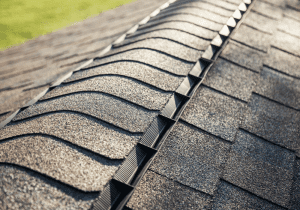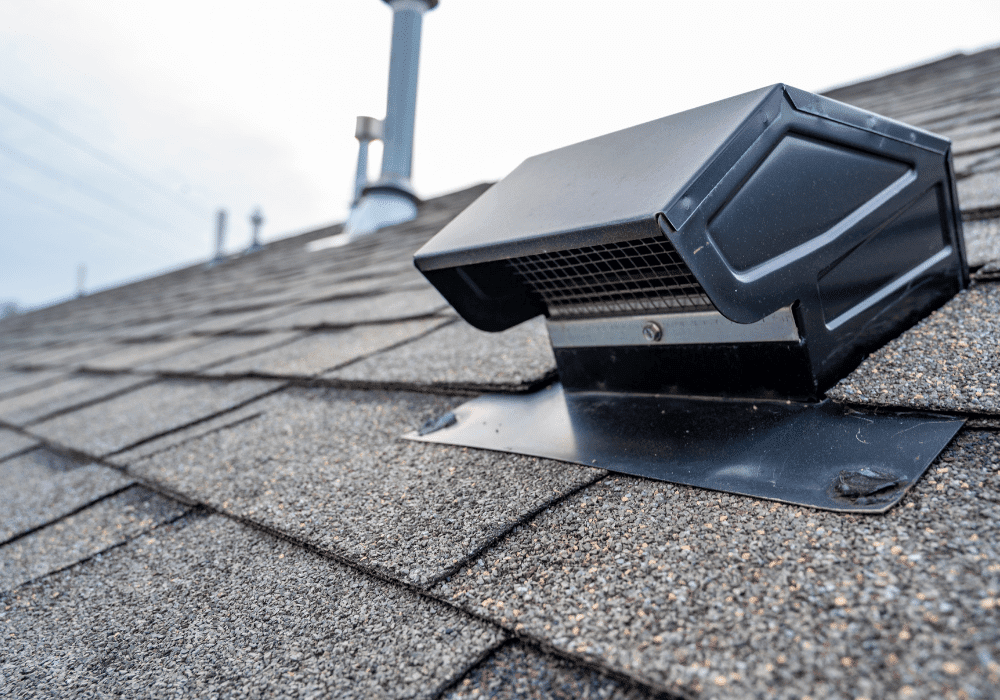Enhancing Home Health and Efficiency through Roof Ventilation
Understanding roof ventilation is not only crucial for the integrity of homes but also for the comfort and health of its occupants. An effective roof ventilation system not only regulates attic temperatures to prevent extreme heat or cold but also reduces moisture that can lead to mold growth and wood rot. By maintaining an optimal temperature and humidity level, these systems also contribute to energy savings and improve the overall indoor air quality of your home.
The Importance of Roof Ventilation
Stable attic temperatures from proper ventilation not only extend the lifespan of roofing materials by preventing shingle blistering and premature ageing but also safeguard the structure from moisture-related damage like rot and mold. This dry environment enhances indoor comfort and contributes significantly to a home’s energy efficiency. More than just regulating temperature, adequate roof ventilation is crucial for indoor air quality, circulating fresh air to dispel moisture and pollutants, thus reducing health risks and ensuring a healthier living space.
Types of Ventilation Systems: Exploring Options

- Ridge Vents: These vents run along the ridge of the roof, allowing hot, moist air to escape from the attic. They are highly efficient and need to be installed precisely and properly for optimal utilisation and longevity of the roof.
- Off Ridge Vents: Similar to box vents, these are installed among the shingles but not on the ridge itself. These could be less than optimal depending on how and where they are installed.
- Box Vents: Commonly seen on roofs and can be strategically placed where needed. They are ideal for complex roof shapes with many valleys and fewer ridges.
- Electric-Powered Vents: These use motorised fans to extract air and can be quite powerful, but may increase energy costs by pulling air from inside the home.
- Solar Powered Vents: These vents use solar energy and are energy-efficient, but their performance can vary depending on sunlight availability.
- Roof Turbines (Wind Powered): These rely on wind to pull air out of the attic and are effective in reducing moisture and heat but require wind to function.
- Cupola Vents: These add aesthetic appeal to homes and can be a valuable addition, though they can be expensive and require more maintenance.
- Soffit Vents: Commonly found at the bottom of a roof’s eaves, these vents are simple, affordable, and effective at facilitating air circulation.
Each type of vent serves a specific purpose and choosing the right one depends on your roof’s structure, climate, and ventilation needs. It’s always best to consult with a professional roofer to determine the most suitable vents for your home.
Assessing and Improving Ventilation: Optimization Tips

Effective roof ventilation is a key component of home maintenance. Homeowners are advised to consult professionals to ensure their ventilation system is adequate, which can save money and prevent future roof-related issues. Ensure the health and longevity of your roof – reach out to us today for a professional opinion and ventilation solutions if needed.
Armour Shield Roofing strongly discourages homeowners from going up and down ladders or doing repairs on their roofs. The accidents and fatalities sustained by untrained individuals are tragic and avoidable by calling a professional roofing contractor.

